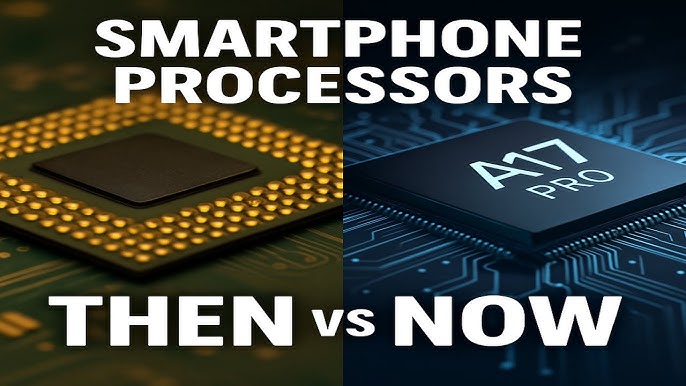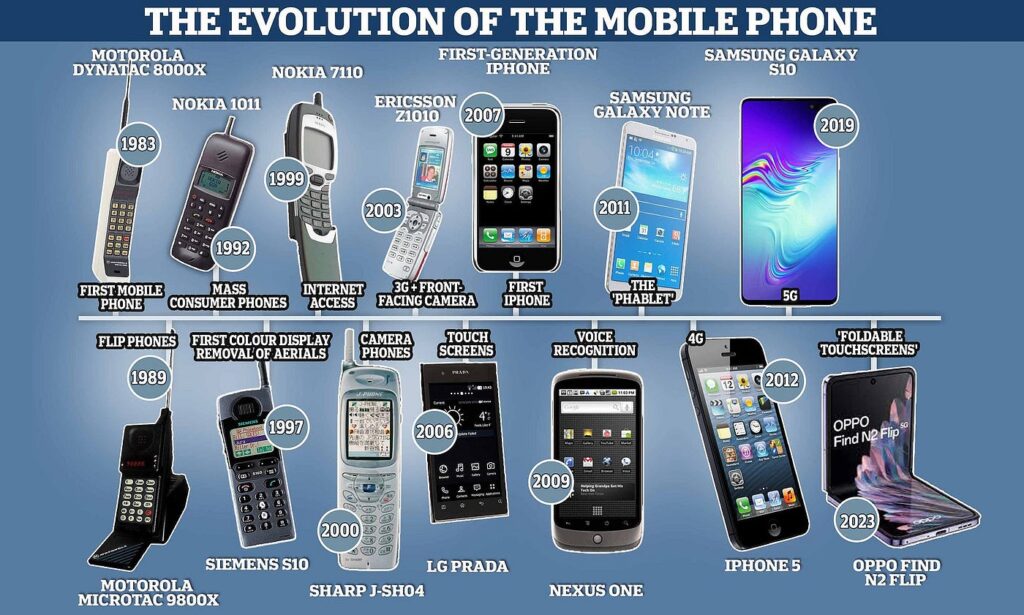In the fast-evolving world of smartphones, foldable phones have emerged as a bold attempt to revolutionize mobile technology. With major tech giants like Samsung, Google, Huawei, and Motorola investing heavily in foldable designs, these futuristic-looking devices are no longer just concepts—they’re commercially available and increasingly refined. But a pressing question remains: are foldable phones truly the future of mobile innovation, or are they just expensive gimmicks?

A Brief History of Foldable Phones
The idea of foldable or flexible displays dates back to early concepts in the 2000s, but it wasn’t until 2019 that we saw the first wave of commercial foldables. Samsung’s Galaxy Fold led the pack, though it launched with a rocky start due to durability issues. Motorola followed with the modern revival of the Razr, while Huawei introduced its own take with the Mate X.
Over the years, the hardware has improved significantly. Early concerns about screen creases, hinge durability, and software optimization have been partially addressed in subsequent generations. Fast forward to 2025, and we have devices like:
-
Samsung Galaxy Z Fold5 and Z Flip5
-
Google Pixel Fold
-
Huawei Mate X5
-
OnePlus Open
-
Motorola Razr+ (2024 Edition)
Each represents a unique design philosophy and target audience, but all aim to merge smartphone portability with the productivity of a larger screen.
The Innovation: What Makes Foldables Special?
1. Multitasking and Productivity
The standout feature of foldable phones is their ability to unfold into a tablet-like display. This is a game-changer for productivity, enabling users to:
-
Run multiple apps side-by-side.
-
Take notes while on a video call.
-
Edit documents or photos with greater screen real estate.
-
Enjoy immersive entertainment experiences.
For example, the Galaxy Z Fold5 lets you open up to three apps simultaneously, turning your phone into a mini workstation.
2. Compact Design, Larger Screen
Foldables like the Z Flip5 and Motorola Razr+ bring back the clamshell form factor, combining nostalgia with functionality. When closed, they’re compact and pocket-friendly. When opened, they reveal full-sized smartphone displays.
3. Enhanced User Experience
Innovations like Flex Mode (where apps adapt to half-folded screens), external displays for notifications, and stylus support (on the Fold series) create new interaction possibilities that flat phones can’t match.
The Gimmick: Why Some Users Aren’t Convinced
Despite their cutting-edge appeal, foldables still face criticism and skepticism. Here’s why:
1. High Price Tags
Foldables are expensive—often starting at over $1,000 and going up to $2,000+. For many users, the cost isn’t justifiable when compared to conventional flagship phones offering similar specs.
2. Durability Concerns
While hinge and display durability have improved, foldables are still more fragile than traditional smartphones. The inner screen often uses ultra-thin glass or plastic layers, making it more susceptible to scratches, dents, or cracks.
Some users have reported issues like:
-
Dust entering the hinge mechanism.
-
Visible screen creases after extended use.
-
Delicate folding mechanisms requiring careful handling.
3. Battery Life Trade-offs
Due to their complex designs, foldables often compromise on battery capacity. Split batteries, dual displays, and additional software processing can result in shorter battery life than similarly priced traditional phones.
4. App Optimization
Although foldable-optimized apps are growing in number, many third-party apps still don’t make full use of the larger screen or multi-window capabilities. This affects the seamlessness of the experience.
Who Are Foldables For?
Foldable phones aren’t for everyone—yet. They currently appeal most to:
-
Tech Enthusiasts: Early adopters who love trying cutting-edge devices.
-
Productivity-Oriented Users: Professionals who want a phone-tablet hybrid for multitasking.
-
Luxury Buyers: Consumers who see smartphones as status symbols or fashion statements.
-
Content Creators: Those who benefit from larger displays for editing, previewing, and filming.
Are Foldables the Future?
The answer lies in both technological progress and market adoption. Foldables are a work in progress, and the technology is steadily maturing.
What the Future Holds:
-
Lower Prices: As production scales and technology becomes more accessible, expect more affordable foldables.
-
Better Durability: Advancements in flexible glass, hinge engineering, and water resistance will address consumer concerns.
-
More Variety: Different form factors—rollables, slidable screens, tri-folds—may diversify the market.
-
Deeper Integration: Future versions of Android and custom UIs will better support foldable experiences, encouraging app developers to optimize accordingly.
Verdict: Innovation or Gimmick?
Foldable phones are undeniably innovative, pushing the boundaries of what smartphones can be. While there are valid concerns about cost, durability, and software support, these issues are being actively addressed.
In 2025, foldables are not just a gimmick—they are a glimpse into the future of mobile computing. As the ecosystem matures and prices drop, it’s likely that more users will embrace foldables, not just for novelty, but for practical value.
Final Thoughts
If you’re considering a foldable phone in 2025, ask yourself:
-
Do I need enhanced multitasking on the go?
-
Am I willing to pay a premium for innovation?
-
Do I mind handling a more delicate device?
If your answer is yes, a foldable phone could be worth the leap. Otherwise, it might be smart to wait another year or two—because the best is still to come.


